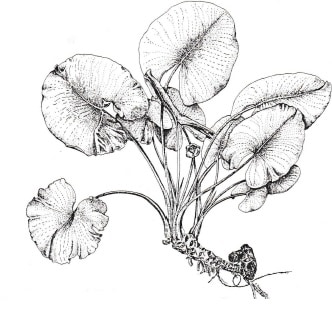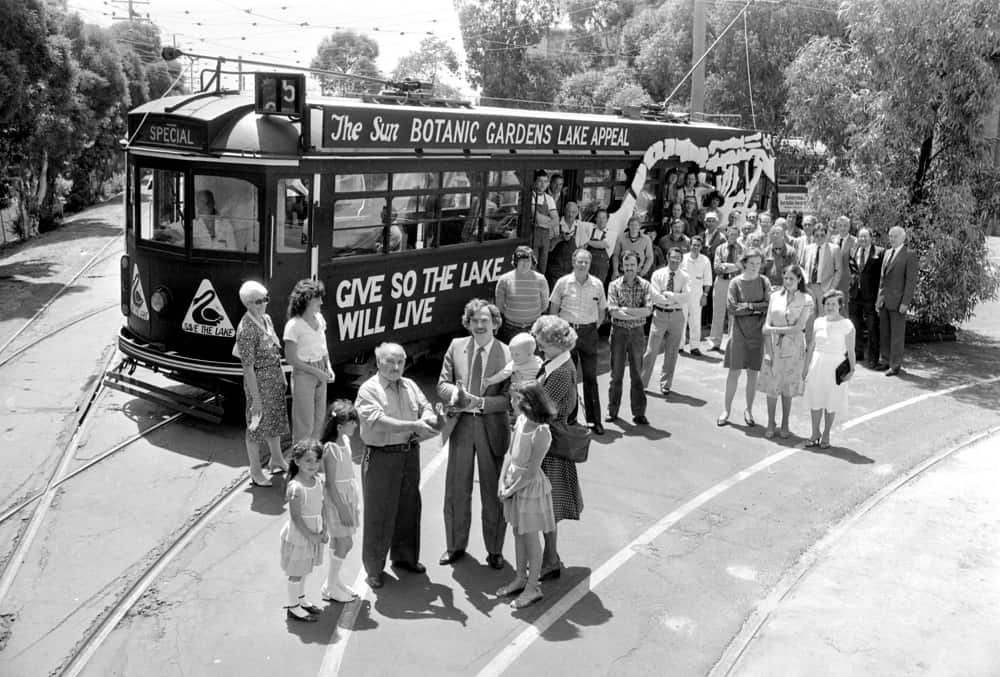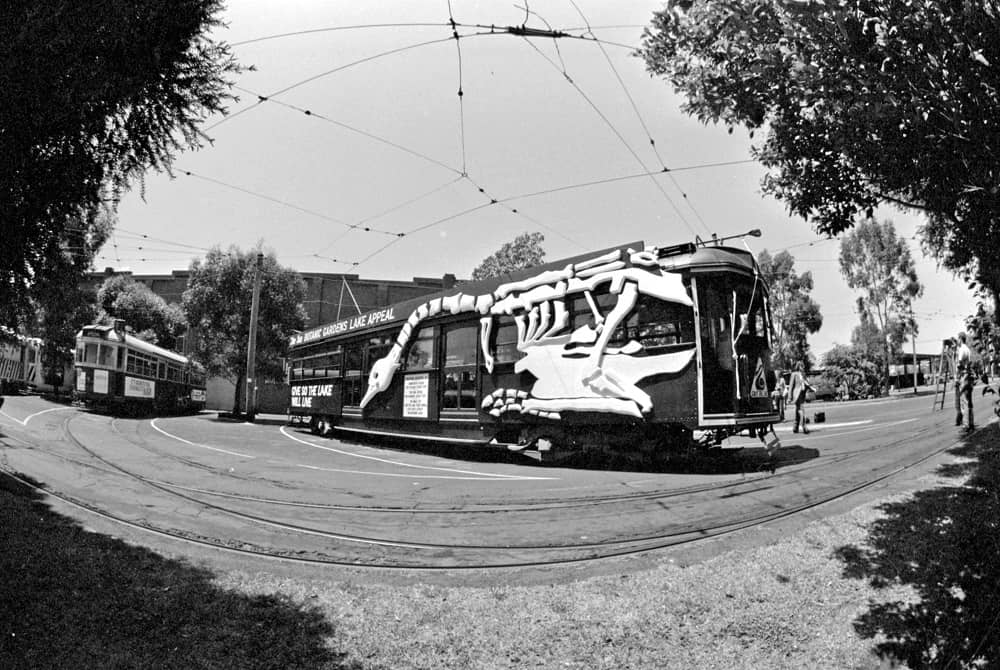The 'Save The Lake' Campaign
‘The thing that came to public attention was the agonising death of swans and ducks on the lake and something had to be done. The lake had filled up with mud since Guilfoyle had siphoned off the lake from the river so it was no longer scoured by the river in a tidal sense. …. We just simply had to, as a matter of health and hygiene, do something.’
In the voice of David Churchill

In 1982, the ornamental lake in the Royal Botanical Gardens (RBG) was so badly choked with overgrown waterlilies and silt that it was slowly poisoning the ducks and swans that called it home.
The lake was created by William Guilfoyle, who was curator of the gardens from 1873 to 1909. It quickly became a favourite with visitors and one of the garden’s most iconic features. Guilfoyle filled the lake using water from the Yarra River, but in the decades that followed, the silt and mud that would have been washed away by the tidal river built up to unmanageable proportions in the lake. The silt, combined with a virulent waterlily – the European Cow Lily – was disastrous for indigenous wildlife.
It was estimated that restoring the lake – dredging it, removing the waterlily and refilling it – would cost close to $250,000. With limited government funds available, a small but dedicated group of volunteers decided to act.

Beth Higgs was one of the early members of the newly formed Plant Craft Cottage Group. The group was established at the RBG in 1977 to promote and preserve traditional plant crafts, like basket weaving and paper making. In 1981, the Plant Craft Cottage Group implemented a constitution, which included the establishment of a voluntary guiding group and a Friends of the Royal Botanic Gardens group. Beth was an extremely good organiser, and well-connected to social networks in Melbourne. With these skills, connections and a strong passion for the RBG, Beth took the lead with the newly formed Friends group. The inaugural meeting was held in March 1981, with Beth as convenor.
Almost immediately, Beth instigated a campaign to save the lake, launching head first into raising the necessary publicity and funds. The Save the Lake campaign gained momentum quickly. Local papers took up the cause and it was not long before politicians and the general public began to take notice. After Sir Keith McPherson, chairman of The Herald and Weekly Times, made a public presentation of $20,000 to the Minister of Crown Lands and Survey, Victorian Premier John Cain officially launched the Save the Lake campaign with a cheque for $50,000. An enormous amount of effort from the newly formed Friends of the Royal Botanical Gardens was channelled into raising funds. Key supporters included Dame Elisabeth Murdoch and Rupert Hamer, bringing the Save the Lake campaign even more publicity and visibility.
The Friends organised a festival day to raise funds for the campaign. A range of activities were held in the RBG and visitors were encouraged to donate money via a series of pipes installed around the gardens, and to buy some custom-made shortbread biscuits stamped with swans, which later became a trademark of Friends member Sylvia Churchill.

